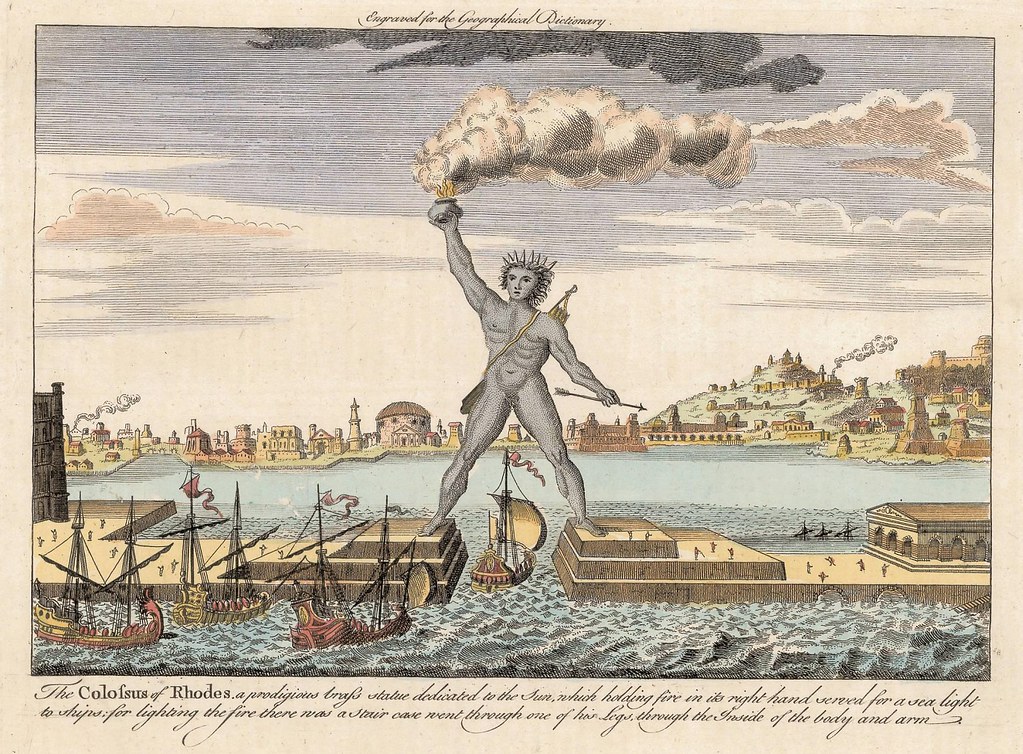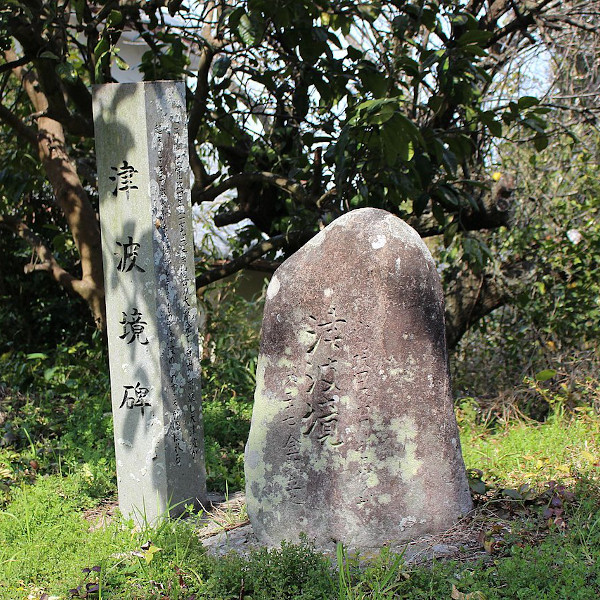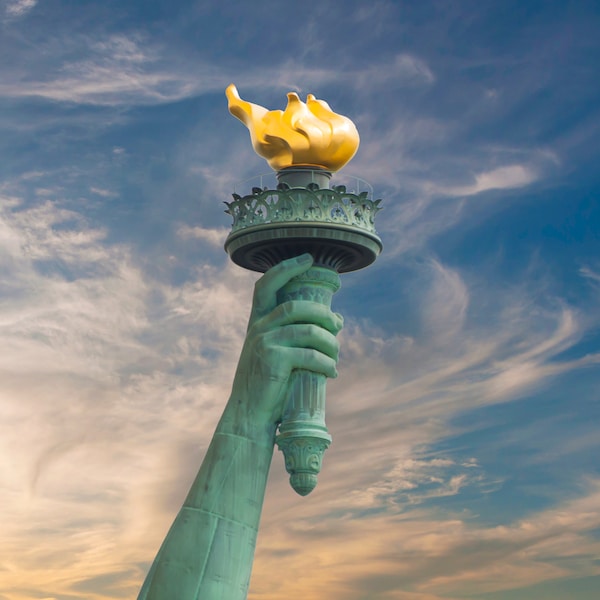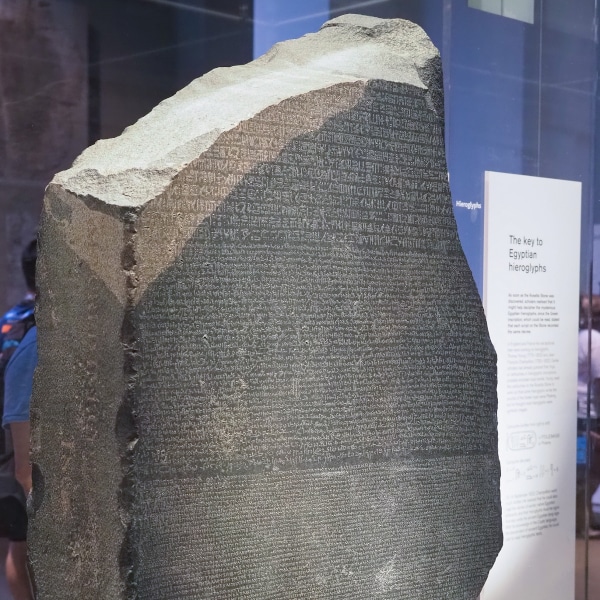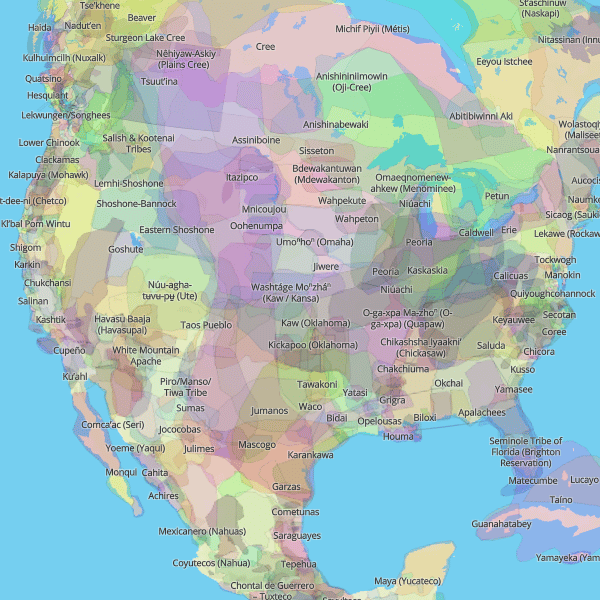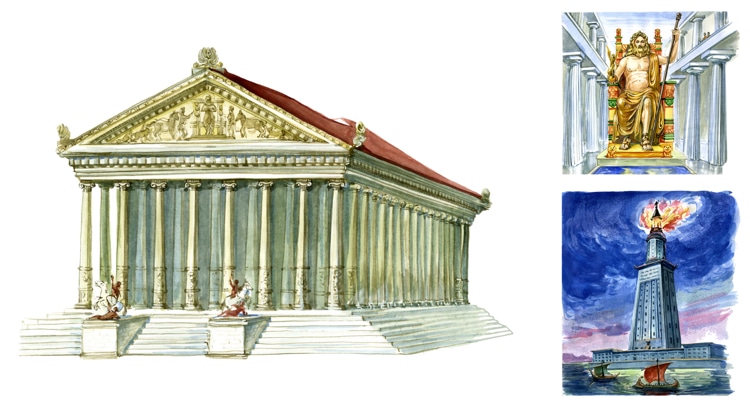
Clockwise from right: Temple of Artemis, Statue of Zeus, Lighthouse at Alexandria. (Illustrations: garanga via Shutterstock)
We've all heard of the Seven Wonders of the World, but what are they exactly and where do they come from? To get to the origins of the original “must-see” list, we need to go back to Ancient Greece. Called themata—Greek for “things to see”—the list came about from guidebooks and sightseeing guides. It began during the country's Hellenistic period and was finalized during the Italian Renaissance, becoming known as the Seven Wonders of the Ancient World, also called the Seven Wonders.
Yes, that's right, people were traveling in Ancient Greece. This shouldn't come as a surprise, given the Greek Empire's expansion into areas that allowed them to mingle with Egyptian, Persian, and Babylonian cultures. The list we now know as the Seven Wonders of the Ancient World didn't come from just one writer, but is the compilation of several different lists over time.
For instance, in 225 BCE the mathematician Philo of Byzantium wrote a book titled The Seven Sights of the World. Prior to this, historian Diodorus Siculus also wrote his list of sites not to be missed, and along the way, many writers contributed their thoughts. The famed historian Herodotus wrote his themata as early as the 5th century BCE and, eventually, writers seemed to settle on a standard set of monuments.
The Seven Wonders includes the Great Pyramids of Giza, the Hanging Gardens of Babylon, the Temple of Artemis, the Statue of Zeus, the Mausoleum at Halicarnassus, the Colossus of Rhodes, and the Lighthouse of Alexandria. Although only one of these monuments has survived to modern times, there are enough documents and illustrations from history to provide us with a vivid understanding of the others.
What are the Seven Wonders of the Ancient World? Discover the full list below.
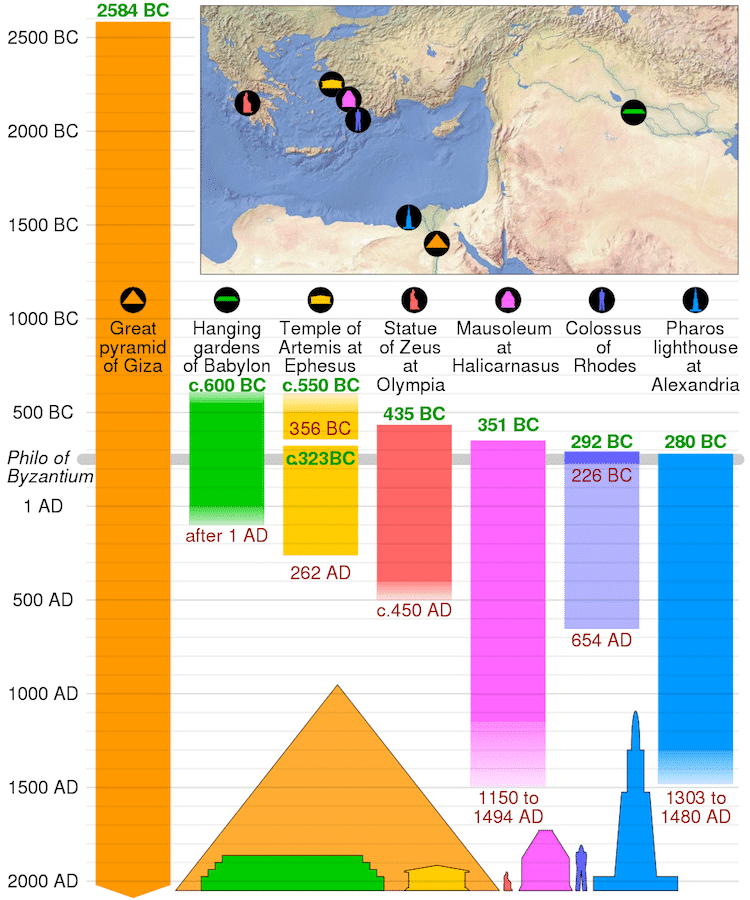
Timeline and map of the Seven Wonders of the Ancient World (Photo: cmglee, Juandamec, Kirill Borisenko, Flappiefh, Nicolas M. Perrault CC BY-SA 4.0, via Wikimedia Commons.)
Great Pyramid of Giza (2584 – 2561 BCE to present day)
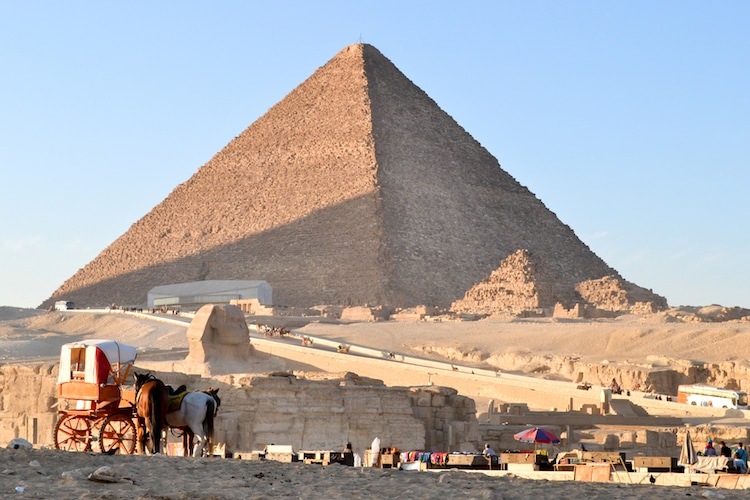
Photo: Veronika Kovalenko via Shutterstock
The only surviving ancient wonder, the Great Pyramid at Giza remains an incredible example of Egyptian architecture. A visual representation of the ancient Egyptians' sophistication, it was the tallest man-made structure in the world for 3,800 years. The oldest of the seven wonders, Egyptologists believe it took just 10 to 20 years to build. Construction on the tomb ended around 2560 BCE with 2.3 million stone blocks used in its construction.
Made of limestone, mortar, and granite, the pyramid originally measured 481 feet tall. However, a substantial amount of the limestone casing has been lost or removed over time, so the structure now stands at about 454 feet tall.
Hanging Gardens of Babylon (c. 600 BCE to after 1st century CE)
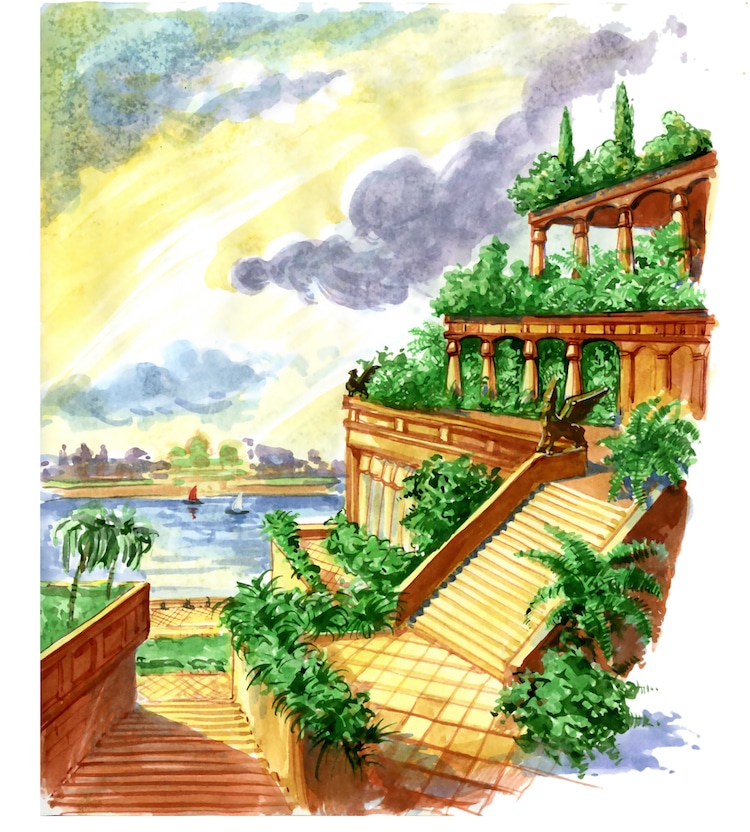
Photo: garanga via Shutterstock
The existence of the Hanging Gardens of Babylon is still unclear to historians—as is their supposed location—but they nevertheless remain as one of the Seven Wonders of the Ancient World. According to descriptions, the site included an ascending series of tiered gardens that were overflowing with plant life.
These extravagant hanging gardens have inspired artists for centuries, each of whom can only imagine the plants and vines strewn across different tiers. Said to have been located in ancient Babylon—present-day Iraq—legend has it that the gardens were built by King Nebuchadnezzar II, who ruled between 605 BCE and 562 BCE. The gardens, which were spread over terraces up to 75 feet above ground level, were created for the king's wife, Queen Amyitis, who missed the greenery of her home in the Median Empire (now Iran).
Statue of Zeus at Olympia (466 – 435 BCE to 5th – 6th centuries CE)
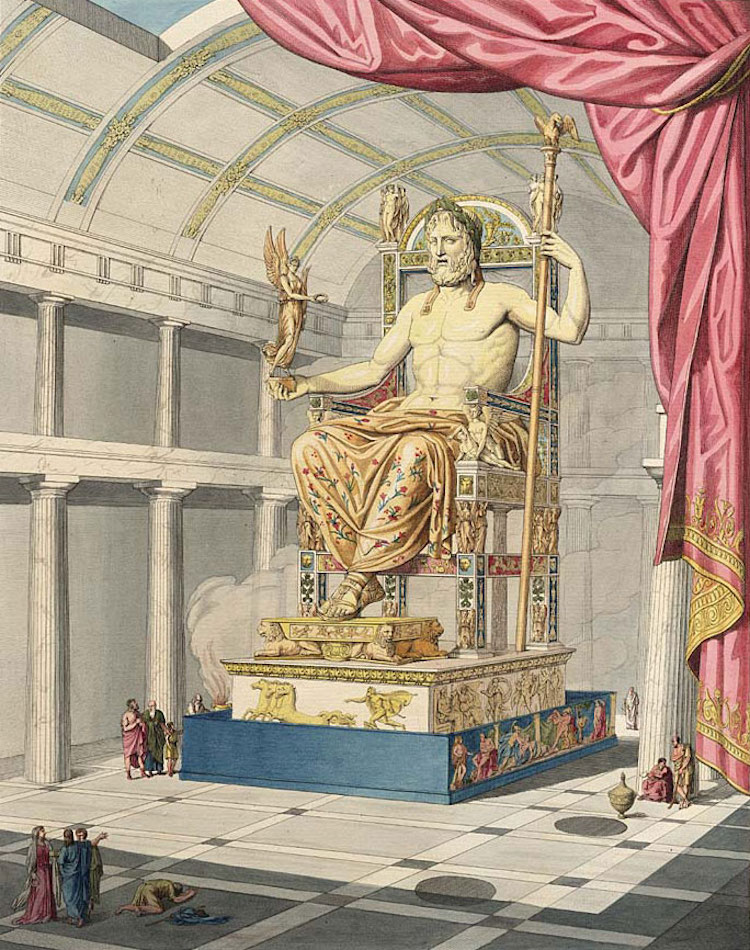
Olympian Zeus in the sculptured antique art of Quatremère de Quincy. 1815. (Photo: [Public domain or Public domain], via Wikimedia Commons)
No copy was ever made in either marble or bronze and the sculpture was later dismantled in the 5th or 6th century CE when the pagan religion was banned by the Ancient Roman Empire. Some historians record that it was simply destroyed, while others write of it being carried to Constantinople and burned in a fire.
Temple of Artemis at Ephesus (c. 550 BCE to 356 BCE and 323 to 262 CE)
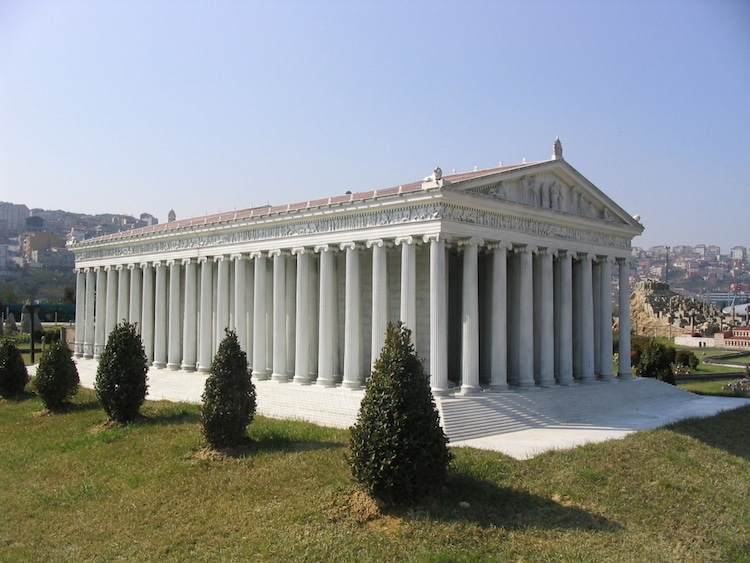
Reconstruction of the Temple of Artemis in Istanbul Turkey (Photo: Zee Prime at cs.wikipedia [GFDL, CC-BY-SA-3.0 or CC BY-SA 2.5], from Wikimedia Commons)
The most ornate parts of the temple were constructed between 550 BCE and 350 BCE and were painted by the most famous artists of the time. In its final form, the temple was 450 feet long and contained over 125 columns. Almost completely destroyed in 262 CE by the Goths, it's unclear if it was ever fully rebuilt. Today, all that remains are ruins that were excavated in the 19th century, which are now on display in the British Museum in London.
Mausoleum at Halicarnassus (351 BCE to 12th – 15th centuries CE)

Photo: garanga via Shutterstock
Lasting longer than some other monuments on the list, the Mausoleum at Halicarnassus endured until a series of earthquakes brought the building down at some point between the 12th and 15th centuries CE. Now, it lays in ruins in modern-day Bodrum, Turkey.
A large and stately tomb, it was built for the ruler of the Caria region of the Empire, Mausolus, and his sister-wife Artemisia II. Although Mausolus did not live to see the building's completion, the monument became so famous for its opulent design that the ruler's name became the eponym of elaborate tombs—mausoleum.
Records indicate that the inside of the mausoleum was as elaborate as its temple-like exterior. Statues of gods and goddesses, reliefs of mythological battles, and a plethora of marble are said to have decorated the interior. While it survived the conquest of Alexander the Great in 334 BCE and other invasions, it was eventually destroyed by natural disasters.
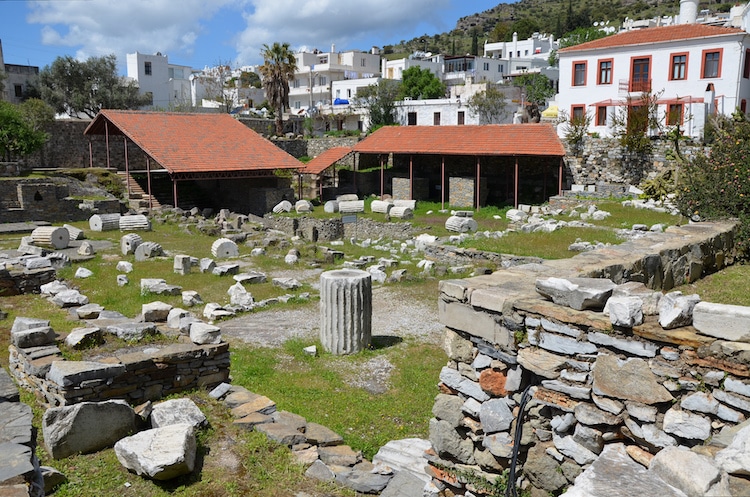
Ruins of the Mausoleum at Halicarnassus. (Photo: FollowingHadrian CC BY-SA 4.0, via Wikimedia Commons.)
Statues from the mausoleum were discovered by British archaeologists in the 19th century and transported to the British Museum where they still reside today.
Colossus of Rhodes (292 – 280 BCE to 226 CE)
In about 280 BCE, Greek sculptor Chares of Lindos completed his magnum opus and the sixth wonder of the world, the Colossus of Rhodes. It was made in celebration of the island's successful defense against a year-long siege from the Macedonian king. According to records, Chares used a combination of iron beams and frames with large amounts of bronze and iron to create the statue. It was modeled after the Greek god of the sun, Helios, and it measured approximately 108 feet tall—which is about the same height as the Statue of Liberty.

Hand-colored engraving of the Colossus of Rhodes by Marten van Heemskerck, c. 1500s. (Photo: Public Domain, via Wikimedia Commons.)
The position of the statue is still speculated among historians. While some texts describe the statue as standing on one platform overlooking the harbor, other historical illustrations depict the Colossus with one foot on either side of the harbor's mouth.
After less than 6o years, the statue was destroyed by an earthquake in 226 BCE and never rebuilt.
Lighthouse of Alexandria (c. 280 BCE to 1303 – 1480 CE)
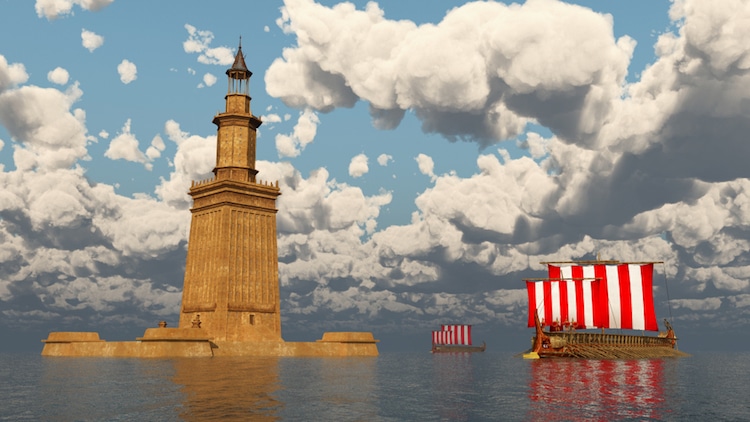
Photo: Michael Rosskothen
The last of the seven wonders to be built was the Lighthouse of Alexandria. Made during the Ptolemaic Kingdom of Egypt, it was erected on the island of Pharos near the Nile Delta and across from the city of Alexandria. Archaeologists speculate the building was at least 330 feet tall, which would make it the tallest man-made structure for several centuries after its construction. Eventually, between 1303 and 1480 CE, the lighthouse was destroyed by earthquakes and never rebuilt.
A central figure in guiding ships in and out of the busy harbor, the monument can even be seen on ancient coins. Remains of the submerged building were discovered in the old port of Alexandria by marine archaeologists in 1968 and again in 1994.
Seven Wonders of the Natural World
In 1997, CNN and Seven Natural Wonders created the Seven Wonders of the Natural World to celebrate the beauty of Mother Nature. Spanning all seven continents, the list gathers both well-known attractions as well as hidden jewels of the natural world.
Mount Everest
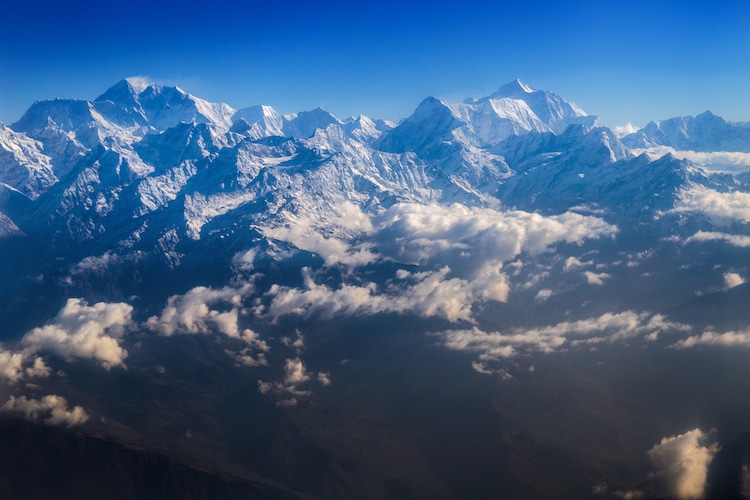
Photo: Petr Kopka via Shutterstock
The world's highest mountain above sea level, Mount Everest soars up 29,029 feet. Located in the Himalayas, the iconic peak is a thrill seeker's dream. Tenzing Norgay and Edmund Hillary were the first to make the ascent in 1953, after three decades of failed attempts by others. Interestingly, the summit point of Mount Everest is also the international border between Tibet and Nepal.
Great Barrier Reef
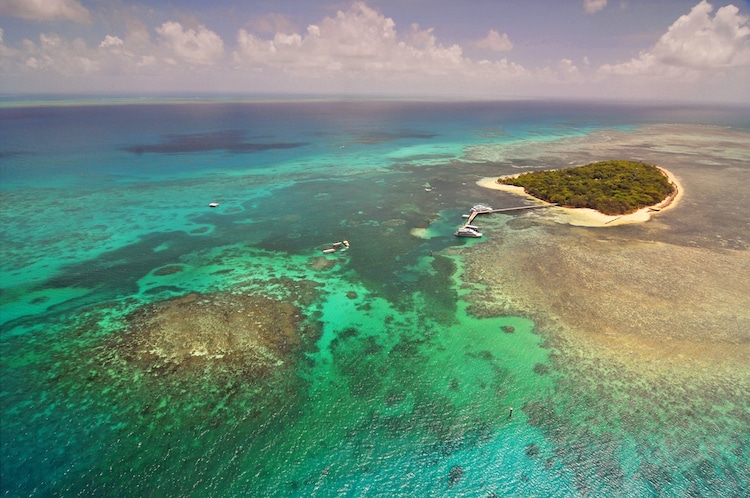
Photo: Cezary Wojtkowski via Shutterstock
Sadly, this natural wonder is in a bit of trouble. (In an effort to preserve it, the Australian government pledging $397 million to save the Great Barrier Reef.) Comprising thousands of individual reefs spread across 1,400 miles, the Great Barrier Reef can be viewed from space. The sheer magnitude of marine life is astonishing, with the reef hosting many endangered and rare species. Unfortunately, coral bleaching due to rising water temperatures has killed large portions of the reef, something conservationists are hoping they can combat.
Victoria Falls
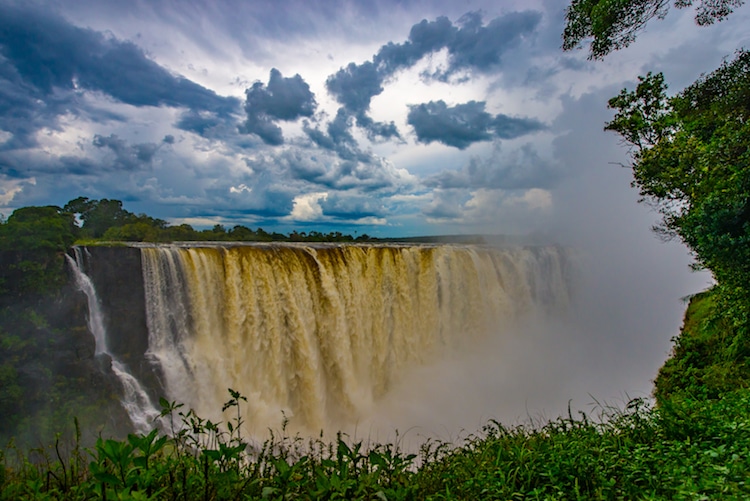
Photo: Antonio Rodrigues Peyneau via Shutterstock
Also known as “The Smoke that Thunders,” Victoria Falls is located at the border between Zambia and Zimbabwe along the Zambezi River. It was named by Scottish explorer David Livingstone during his African voyage in 1855 after Queen Victoria of England. Its indigenous name, Mosi-oa-Tunya, also continues to be used and while the falls aren't the world's highest or widest, they are considered the largest. With a width of 5,604 feet and a height of 354 feet, Victoria Falls is the world's largest sheet of falling water.
Grand Canyon
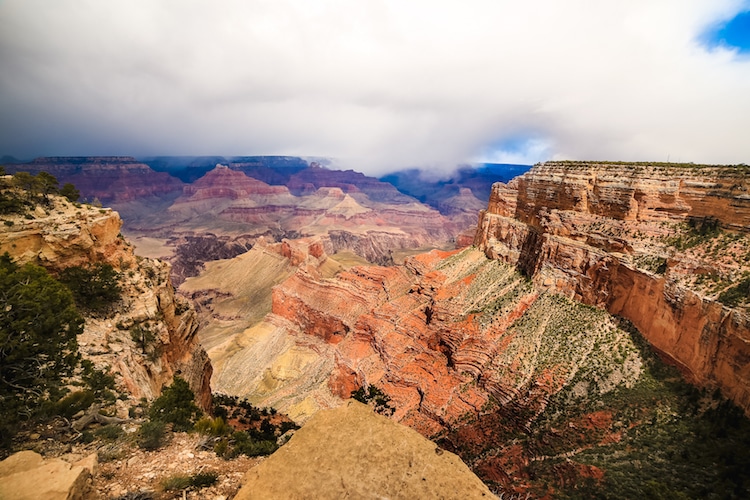
Photo: ruslan p via Shutterstock
North America is represented on the list by Arizona's Grand Canyon, a 277-mile-long canyon carved out by the Colorado River. A true depiction of how powerful nature is, the canyon is up to 18 miles wide at its largest. While it's not the deepest canyon in the world, the 17 million-year-old wonder is known for its sheer size and dazzling colors.
Northern Lights
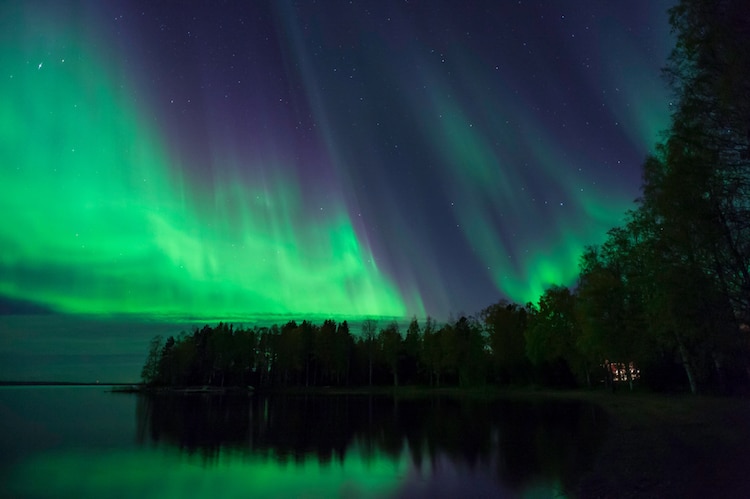
Photo: Erkki Makkonen via Shutterstock
The Northern Lights, or Aurora Borealis, is a dazzling natural light show that has been attracting travelers, photographers, and nature lovers to polar regions for centuries. A favorite of nature and landscape photographers, it's no wonder we often feature beautiful photographs of the Northern Lights in Iceland, Norway, and other areas of the globe.
Parícutin
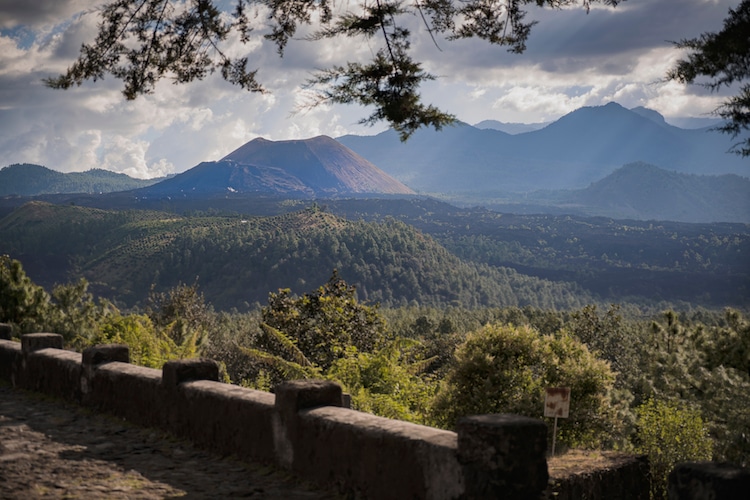
Photo: Alejandro Roa via Shutterstock
Parícutin may not be a name as familiar as some of the other wonders on the list, but it's no less deserving. This cinder cone volcano is located 200 miles west of Mexico City, in the Mexican state of Michoacán. What makes Parícutin especially notable is that scientists were able to observe its entire lifecycle—a first. Over the course of the 1940s, a fissure grew in a cornfield, with the volcano growing in height to 1,391 feet and then erupting over the course of 19 years.
Guanabara Bay

Photo: Rodrigo S Coelho via Shutterstock
Rio de Janeiro's breathtaking harbor stretches 19 miles just east of the city. Guanabara Bay was discovered by Portuguese explorers on January 1, 1502. Some historians report that the city of Rio de Janeiro took its name from the harbor, which was originally called Ria de Janeiro (January Sound). Over 100 islands are scattered around the bay, but its diverse ecosystem has been damaged due to deforestation, pollution, and urbanization. Marine life includes a population of Botos, a rare dolphin considered a primitive dolphin.
What are the New 7 Wonders of the World?
In 2000, a campaign was started to seek out the New 7 Wonders of the World. A Swiss organization called the New7Wonders Foundation led the charge, asking the public to vote for their favorite sites. With the Great Pyramid being voted in as an honorary wonder, seven new sites were revealed in 2007. Tens of millions of people voted for a range of sites that touch all corners of the globe.
Taj Mahal
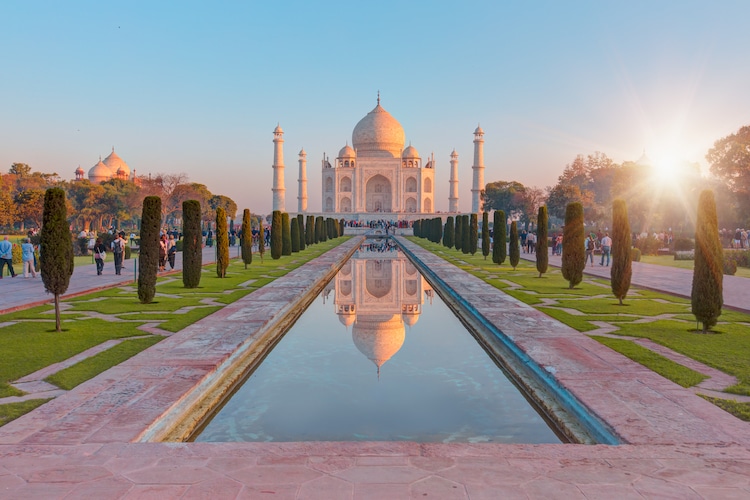
Photo: muratart via Shutterstock
Great Wall of China
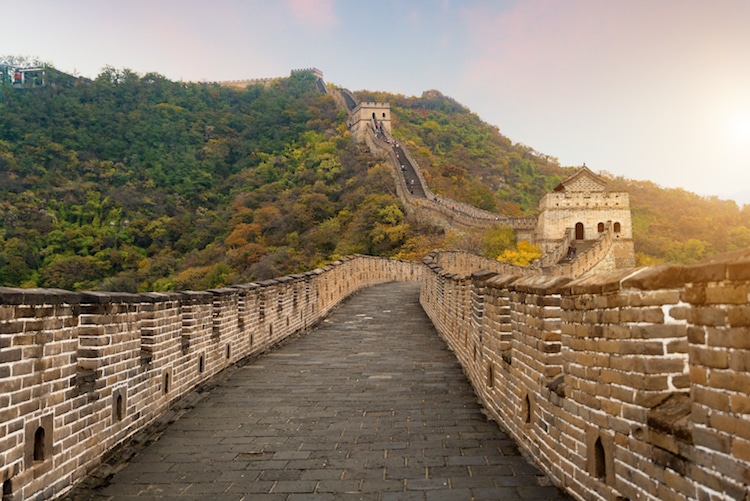
Photo: Prasit Rodphan via Shutterstock
Colosseum
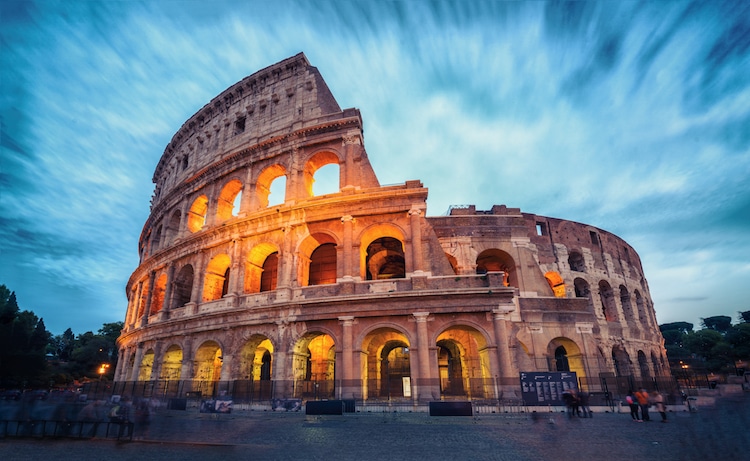
Photo: Blue Planet Studio via Shutterstock
Macchu Picchu
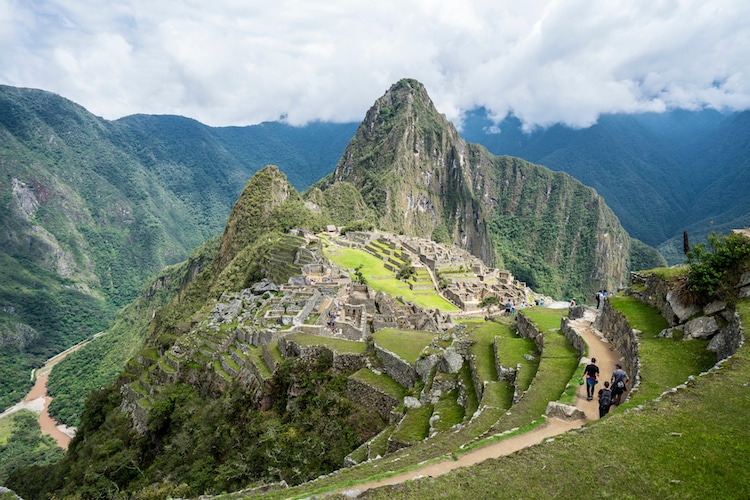
Photo: IvanGrabilin via Shutterstock
Petra
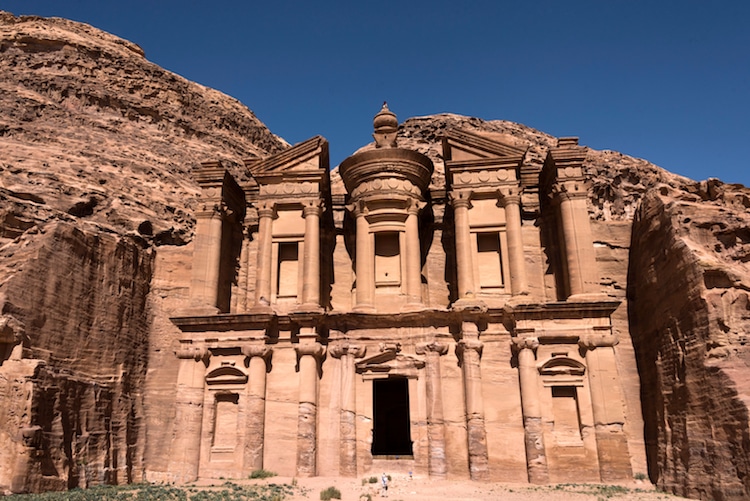
Photo: Joel Shawn via Shutterstock
Chichen Itza
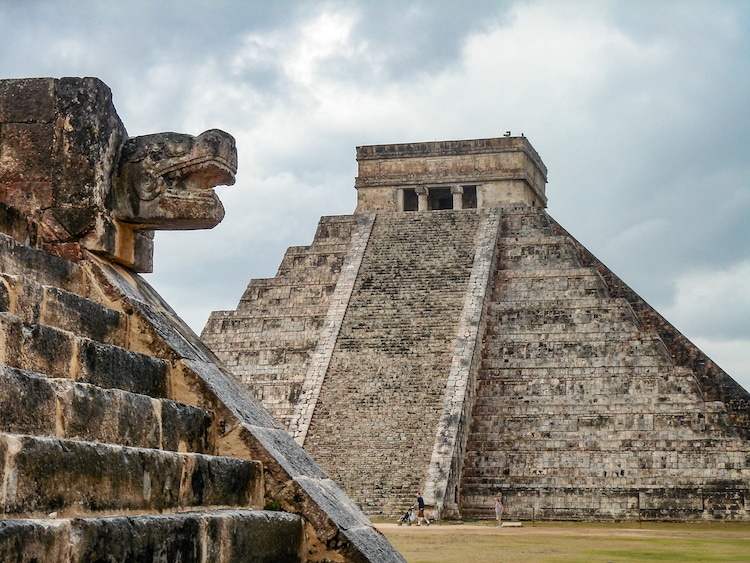
Photo: marktucan via Shutterstock
Christ the Redeemer
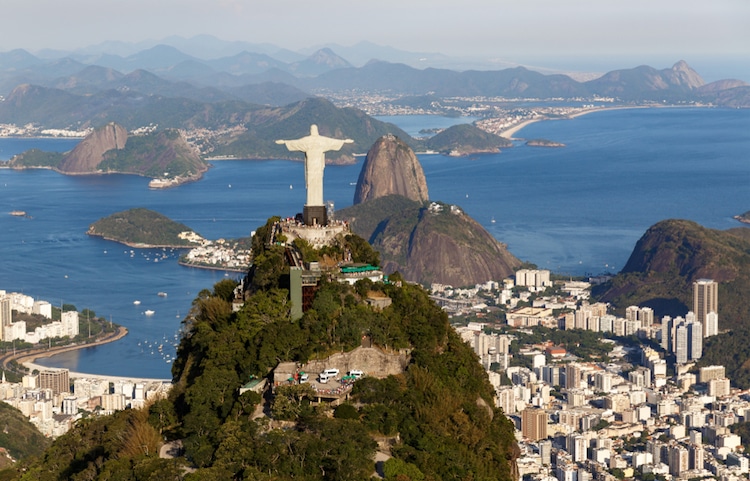
Photo: zjtmath via Shutterstock
Related Articles:
360-Degree Videos Capture the New Seven Wonders of the World
Architecture 101: 11 Architectural Styles That Define Western Society
18 Most Famous Sculptures You Need to Know
Elaborately Bodypainted Live Figures Blend into the Seven Wonders of the World
